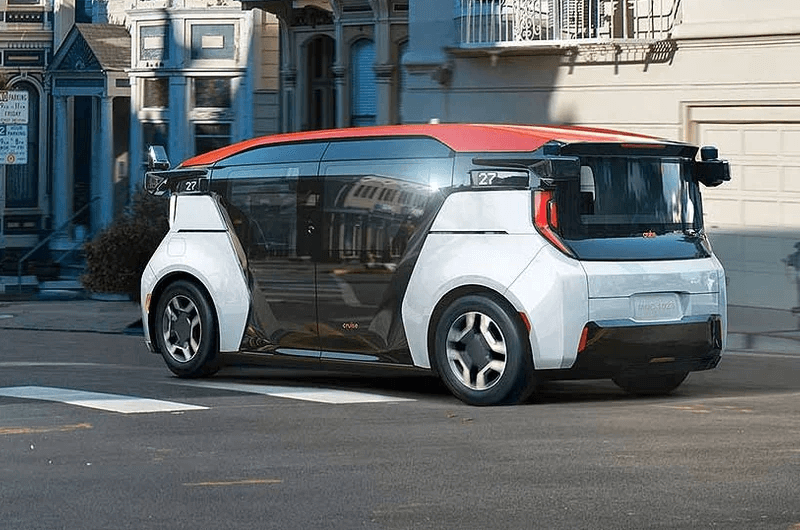GM's Cruise recalls nearly 1,200 robotaxis to close US probe

General Motors’ Cruise unit has agreed to recall nearly 1,200 robotaxis over hard braking issues, the U.S. auto safety regulator said on Thursday, following a probe into the safety of their autonomous driving systems.
As a result of the recall, the National Highway Traffic Safety Administration said it has agreed to close the investigation, which opened in December 2022 after reports of two injuries in three rear-end crashes.
Cruise said it did not agree with the NHTSA’s conclusion that a recall was needed, but had agreed to do so to resolve the investigation.
“We are committed to building trust and increasing transparency concerning autonomous vehicle technology,” a Cruise spokesperson said Thursday.
Cruise said the vehicles had received prior software updates that “significantly reduced the risk of unexpected braking events”. The self-driving unit said it provided the NHTSA with data showing the rate of unexpected braking events in Cruise AVs “is very low and much lower than a human driver”.
The NHTSA said none of the incidents it had analyzed resulted in a crash or injuries.
The regulator opened a separate investigation in October into whether Cruise is taking sufficient precautions with its autonomous robotaxis to safeguard pedestrians, which remains open.
Cruise also faces ongoing investigations by the Justice Department and the Securities and Exchange Commission following an accident last October in which one of its robotaxis struck a pedestrian after she was hit by another vehicle and dragged her 20 feet (6 meters).
The NHTSA said Cruise vehicles were involved in 10 crashes, with four resulting in injuries, after analyzing hard braking data from 7,632 incidents commanded by Cruise’s automated driving system.
GM said last month it would indefinitely suspend plans to use its self-driving Origin vehicle that does not have a steering wheel.
Cruise, along with other self-driving vehicle technology companies such as Alphabet’s Waymo and Amazon’s Zoox, has come under heavy regulatory scrutiny due to safety concerns after crashes involving their vehicles.
In response to the October accident and subsequent investigations, Cruise’s CEO resigned last year and General Motors subsequently announced plans to scale back spending on the self-driving unit.
After halting all driving after the accident, Cruise in May resumed supervised autonomous driving in Phoenix with safety drivers.
The California Public Utilities Commission imposed the maximum penalty of $112,500 on Cruise for its failure to promptly provide complete information to the commission about the October crash.





